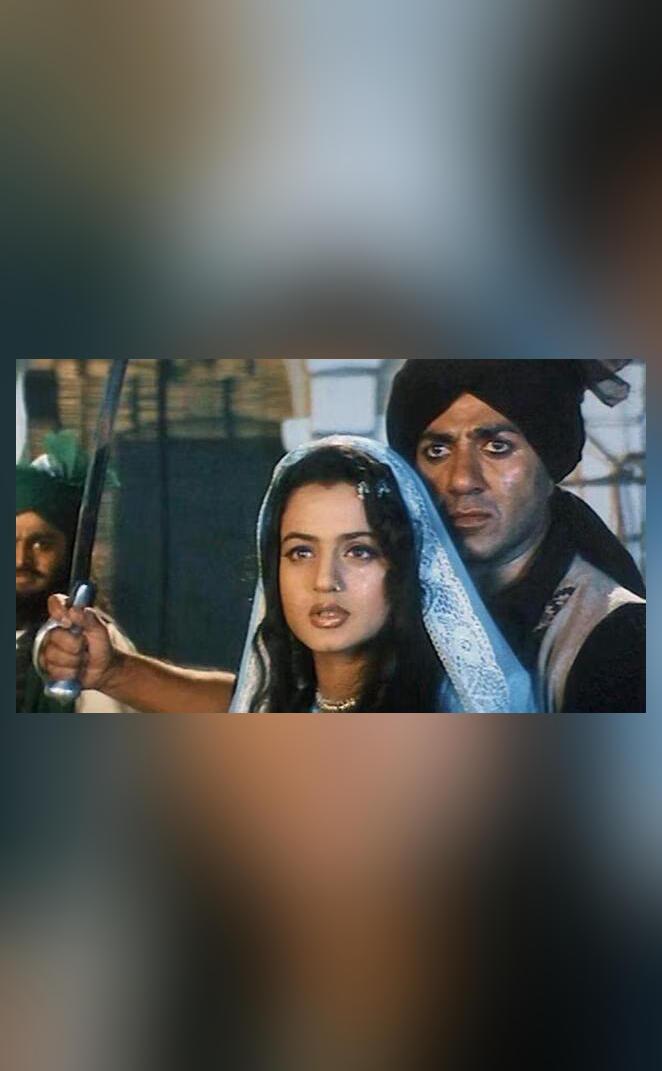
Industry, Audience Aren’t in Sync, Didn’t Like Gadar Songs: Sunny
The film industry has always been a complex and unpredictable beast, with trends and tastes changing rapidly. It’s not uncommon for a film to be met with skepticism or even outright rejection by audiences and critics, only to go on to become a massive hit. Such is the case with Sunny Deol’s 2001 film “Gadar: Ek Prem Katha”, which has become a cult classic despite initial doubts from the industry and audience.
In a recent interview, Sunny Deol revealed that even the songs from “Gadar” were met with criticism and disapproval from industry insiders and audience members. “Whenever I used to play the songs for people, they did not like them at the time,” Sunny said. It’s a staggering revelation, considering that the film’s soundtrack is now widely regarded as one of the best in Indian cinema.
But what exactly does it mean when the industry and audience are out of sync? Is it a case of the industry being too ahead of the curve, or is it a reflection of the audience’s changing tastes and preferences? Let’s dive deeper into the world of cinema to explore this phenomenon.
The disconnect between the industry and audience can be attributed to a multitude of factors. For one, the industry is often driven by trends and formulas that are designed to appeal to a broad audience. This can lead to a homogenization of content, with films that are more concerned with box office numbers than artistic merit. On the other hand, audiences are bombarded with a constant stream of information and entertainment options, making it increasingly difficult for a film to stand out and capture their attention.
In the case of “Gadar”, the film’s unique blend of action, romance, and drama may have been ahead of its time. The film’s director, Anil Sharma, has spoken about how he was inspired by the epic love stories of Indian mythology, and how he wanted to create a film that would resonate with audiences on a deeper level. The result was a cinematic experience that was both grand in scale and intimate in its portrayal of the human experience.
Despite the initial doubts from the industry and audience, “Gadar” went on to become a massive hit, grossing over ₹350 crores at the box office. The film’s success can be attributed to its universal themes and emotions, which transcended traditional genre boundaries and resonated with audiences from all walks of life.
The phenomenon of the industry and audience being out of sync is not unique to “Gadar” or even Bollywood. It’s a problem that has plagued the film industry for decades, with countless films being rejected by audiences and critics only to go on to become cult classics. Think of films like “The Shawshank Redemption”, “The Big Lebowski”, or “The Princess Bride”, which were initially met with skepticism only to become beloved classics.
So, what can the industry learn from “Gadar”‘s success? Firstly, it’s essential to take risks and push the boundaries of storytelling. Films that are too formulaic or derivative often fail to resonate with audiences, whereas those that are bold and innovative tend to stand out.
Secondly, it’s crucial to understand the audience’s changing tastes and preferences. With the rise of streaming platforms and social media, audiences are more fragmented than ever, with different demographics and psychographics having distinct preferences when it comes to entertainment. The industry needs to adapt to these changing trends and create content that is more inclusive and diverse.
Lastly, it’s essential to have faith in the creative vision of the filmmakers. “Gadar” was a passion project for Sunny Deol and Anil Sharma, and it’s clear that they put their heart and soul into the film. The industry needs to support and celebrate these kinds of projects, rather than doubting them or trying to fit them into predetermined molds.
In conclusion, the disconnect between the industry and audience is a complex problem that is not unique to Bollywood. However, by taking risks, understanding changing tastes and preferences, and having faith in creative vision, the industry can create films that resonate with audiences and leave a lasting impact.
As Sunny Deol so eloquently put it, “The film takes itself along. Nobody can stop it.” “Gadar: Ek Prem Katha” is a testament to the power of cinema to transcend boundaries and touch hearts. It’s a reminder that even in an industry driven by trends and formulas, there is always room for innovation, creativity, and passion.






